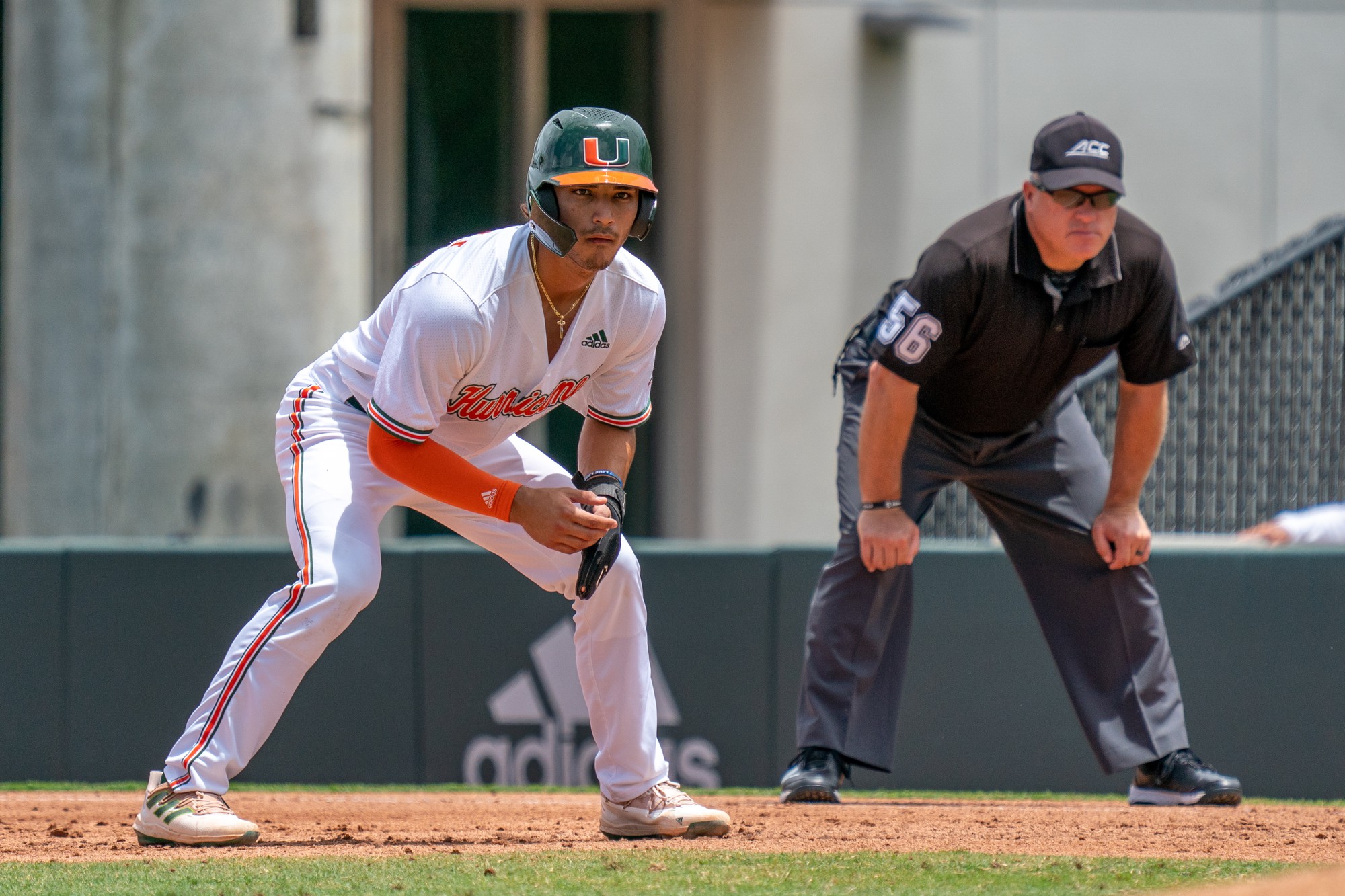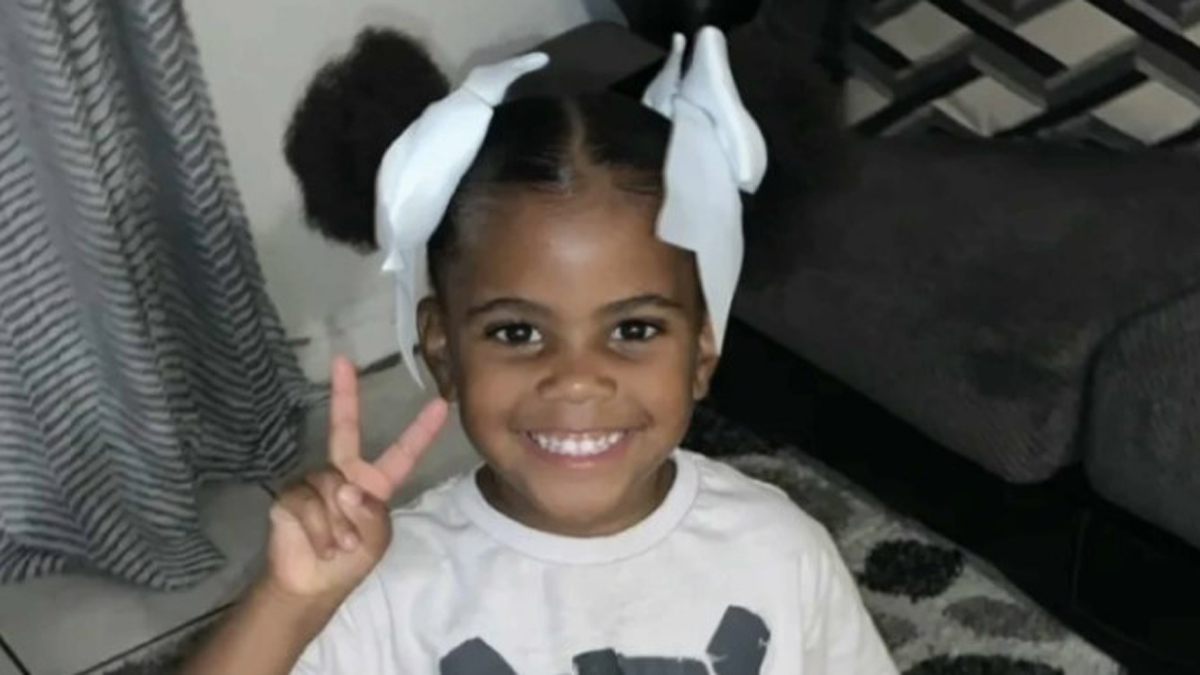Messi brought a superteam to Miami, and with him a problem
The greatest recruiter in MLS history assembled a superteam less with his words, more with his presence.
Lionel Messi is famously quiet. But ever since he said “Miami” last June, friends and Argentines have flocked to South Florida. Sergio Busquets came to play alongside his longtime amigo. Jordi Alba took a giant pay cut to join them.
In December, Luis Suarez arrived “to reunite with them,” as he said. But this, an unprecedented transfer-market haul, is more than a simple reunion. Diego Gómez, a budding Paraguayan star, joined Inter Miami a few days after Messi did. Facundo Farías, a 20-year-old Argentine attacker; and Tomás Avilés, a highly touted teenage center back from Argentina’s Racing, followed two weeks later.
Soccer players far and wide suddenly eyed Inter Miami, a last-place team in a stopgap stadium, with intrigue. When Inter approached Nicolás Freire, the Argentine captain of Mexican club Pumas, Freire, a 29-year-old defender, saw opportunity he couldn’t resist.
“In my sporting career, in the end, what will remain in my memory is who I had the chance to share every day with,” Freire said after signing with Miami in January. “And, well, this will undoubtedly be a very cool experience.”
In his “cabeza de hincha,” the head of a fan, he rehearsed what he’d say to Messi when they first met. But when he turned around one day and saw the GOAT, he couldn’t find words. “I felt stupid,” he later said with a smile.
Freire and others have now settled into life at Messi’s Inter Miami. Nine starting-caliber players have arrived since July, and a 10th might be on the way. Federico Redondo, a 21-year-old midfield star and top prospect in Argentina’s Primera, is reportedly en route for a transfer fee of up to $8 million.
For most MLS clubs, Redondo would be a club-record signing and a centerpiece. For Miami, he feels like a footnote — and a problem.
Negotiations reportedly reached final stages last week, then wobbled due to “MLS regulations” and “obstacles.” The league maintains a complicated series of spending restrictions and a salary cap. And Inter Miami’s position underneath the cap was allegedly “dire.”
The Redondo deal, therefore, raised eyebrows at rival clubs. Miami’s overall spend has raised suspicions related to rule enforcement and roster compliance. On the eve of the season, the Redondo situation was finally resolved; contracts have reportedly been signed. But it forced Inter Miami to confront a central challenge of Messi-mania.
Everybody wants to play for the Herons; but very few actually can.
‘Pushing the envelope’
That Inter Miami has built such a talented and thorough roster in MLS is already a marvel.
League rules allow each club to spend limitlessly on up to three players, often stars, such as Messi and Busquets.
But the rest are subject to various limits on salaries and transfer fees. That’s why Alba, who reportedly made $19 million per season at Barcelona, had to accept a deal worth $1.25 million in annual guaranteed compensation, according to figures released by the MLS Players Association.
He and the rest of Miami’s roster are subject to a salary cap set at $5.47 million in 2024. The rules, however, give clubs several mechanisms to “buy down” or minimize cap hits.
Gómez, Farías and Avilés, for example, fit within the league’s “U22 Initiative,” which means their salaries hit the cap at a discount rate of $150,000. (Redondo could be a U22 replacement for Farias, who tore his ACL last month.)
Others can be adjusted using allocation money, often dubbed TAM and GAM. Suarez is reportedly on a TAM-level deal — meaning he, like Alba, makes far less than he had throughout his career — because a third veteran DP would close off two of Miami’s three U22 slots.
As for the rest? Freire, Leo Campana and Julian Gressel? DeAndre Yedlin, Jean Mota and Serhiy Kryvtsov? Robert Taylor, Coco Jean and Drake Callender?
Nobody knows how they all fit underneath the cap, because MLS does not release salaries or allocation money totals publicly.
The opacity feeds cynicism. So does Inter Miami’s history. In 2020, the then-expansion team signed French star Blaise Matuidi to a contract that it said was very similar to Alba’s, below DP status. In reality, it was paying Matuidi more than $5 million per year. A league investigation eventually found that Miami had underreported salary cap hits for five players. It had carried five DPs, blatantly beyond the allowable three.
MLS cracked down on Miami with unprecedented fines and sanctions at the time. But Inter co-owner Jorge Mas vowed to continue “pushing the envelope.” His comments spoke to a reality of MLS roster-building: that there is infinite gray area within the labyrinth of rules, and room for negotiation. In interviews this offseason, several sporting directors told Yahoo Sports of constant communication with the league to ensure — and sometimes finagle or push their way to — roster compliance. And some expressed a long-held view that the league is more likely to budge when dealing with glamor brands like the LA Galaxy or Inter Miami.
A league source told Yahoo Sports that, as of Tuesday’s deadline, Miami is indeed roster compliant. But compliance came at a cost. The Athletic reported last week that the club was scrambling to shed salary. A few days later, it sold Gregore, previously one of its three DPs, to Botafogo in Brazil.
It’s unclear whether further, still-unannounced moves were necessary. But the restrictions have already hamstrung the Herons. They were forced to ship out squad players in exchange for allocation money and international spots. And in addition to Gregore, a valued midfielder and former club captain, they had to trade away Kamal Miller, their top defender last season.
“I’d signed an extension, so I thought I was safe, I thought I was good, at least for 2024,” Miller told Yahoo Sports last month. “And then they reached out to my agent, said they gotta move some stuff around. They’re like, ‘We’re just gonna see what teams are offering.’ And then as soon as Portland [Timbers] heard that, … then I guess [Miami] just had to do it to kinda fit roster compliance. I think they’re getting some heat from the league, and they gotta kinda get closer to what it should be.”
Speaking Monday, head coach Tata Martino lamented that the outgoing deals were necessary.
“You have to create space,” he explained. “In order to start the season normally, you have to get rid of players at the last minute that you wouldn’t like to get rid of.”
Messi the magnet
Among foreign players, and especially Argentines, closed doors in Miami haven’t halted intrigue. Lucho Acosta, FC Cincinnati’s reigning MLS MVP, said that he gets calls “all the time” from Argentine friends asking him to bring them to the league.
He was half-joking — “I’m captain, but not the owner of the team,” he said with a smile last month — but the pull is real.
“It will be a dream come true for me to play against Messi,” Toronto FC summer signing Cassius Mailula told TimesLIVE in South Africa after inking his deal.
In MLS, players of all nationalities have lined up after games to shake hands or swap shirts with Messi. But Argentines especially have savored their chance to simply share a field with their nation’s idol. Charlotte FC’s Enzo Copetti barely got to speak with Messi when they met in a game last October. Still, he told Yahoo Sports, it was “exciting,” and a “unique experience in my life.”
Messi’s presence has not yet had a significant, tangible impact on the quality of player coming to MLS more broadly. Other clubs haven’t necessarily used him as a recruiting tool. But “it’s raised the profile of the league, so now you can go to [other countries] and they’re like, ‘Oh, I’ve seen an MLS game,’” Real Salt Lake sporting director Kurt Schmid told Yahoo Sports.
“In terms of me, or our recruitment here, and RSL, I would say it hasn’t had a massive impact,” he continued. “But I think it’s a little bit of an invisible impact.”
In other cases, though, it’s been obvious. Last year, FC Dallas was pursuing an Argentine teenager, hoping to sign him to a second-team contract. At first, “the kid was not sure,” Dallas technical director André Zanotta told Yahoo Sports. “But once Messi signed — ‘Oh, I wanna be there.’”
“It helps — Messi being here, Suarez,” Zanotta concluded. “It helps to attract players to the league.”


